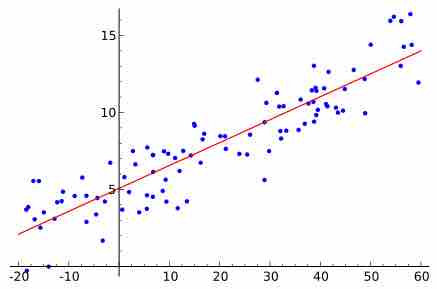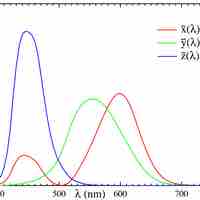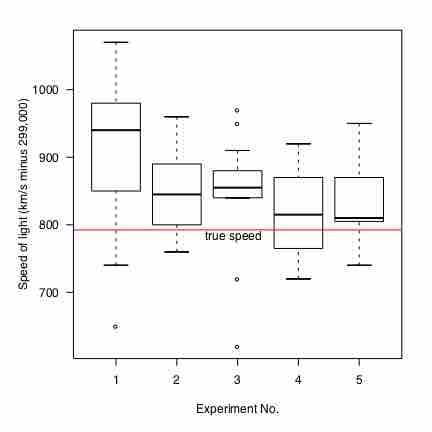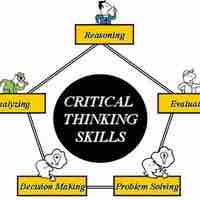Chapter 1
Introduction to Statistics and Statistical Thinking
By Boundless

There are four main levels of measurement: nominal, ordinal, interval, and ratio.
Statistics is the study of the collection, organization, analysis, interpretation, and presentation of data.

Statistics teaches people to use a limited sample to make intelligent and accurate conclusions about a greater population.

The mathematical procedure in which we make intelligent guesses about a population based on a sample is called inferential statistics.

Data can be categorized as either primary or secondary and as either qualitative or quantitative.

Statistics deals with all aspects of the collection, organization, analysis, interpretation, and presentation of data.
In applying statistics to a scientific, industrial, or societal problem, it is necessary to begin with a population or process to be studied.

The essential skill of critical thinking will go a long way in helping one to develop statistical literacy.

Experimental design is the design of studies where variation, which may or may not be under full control of the experimenter, is present.

An unbiased random selection of individuals is important so that in the long run, the sample represents the population.